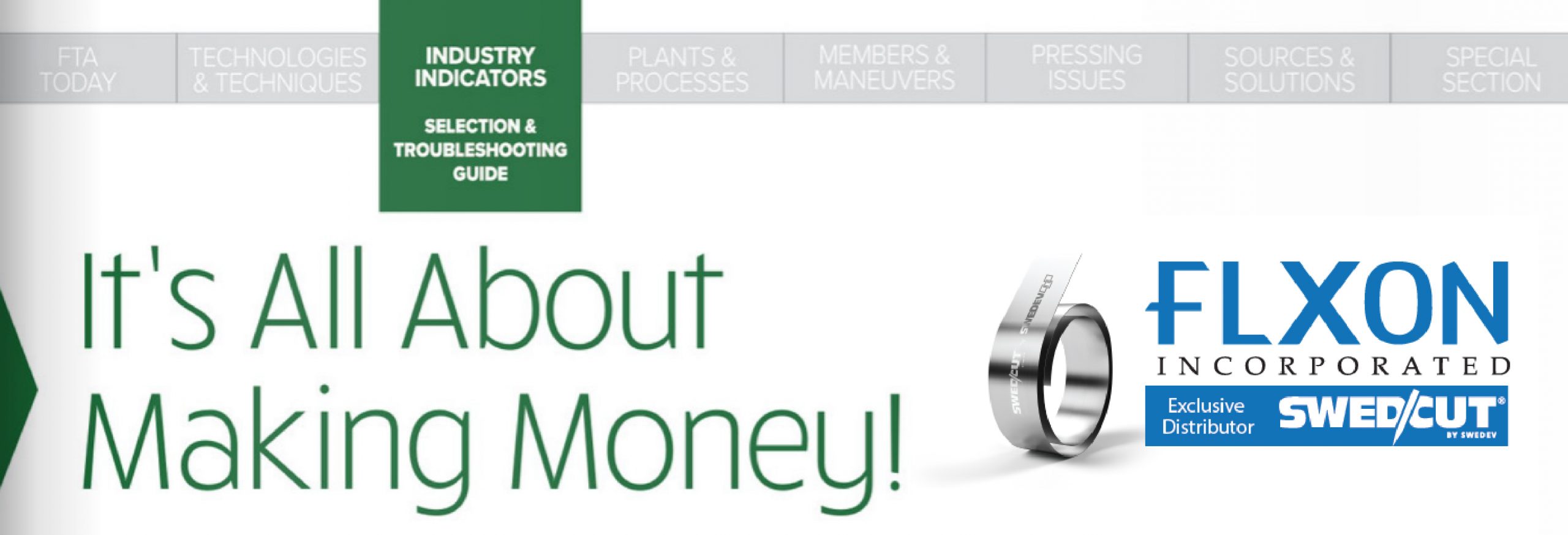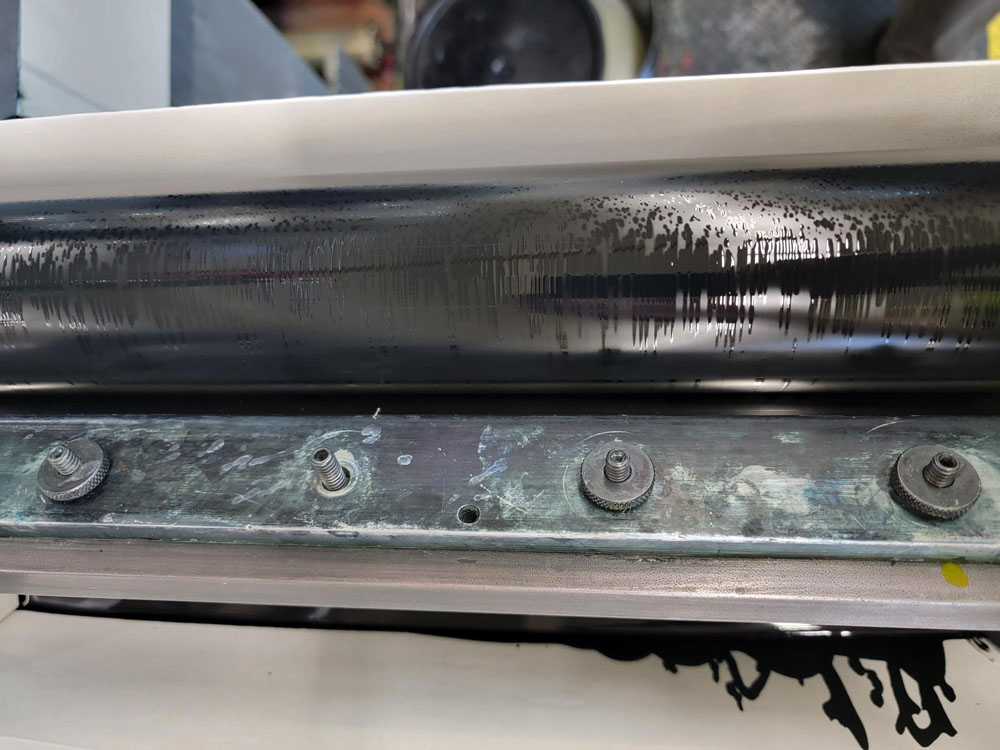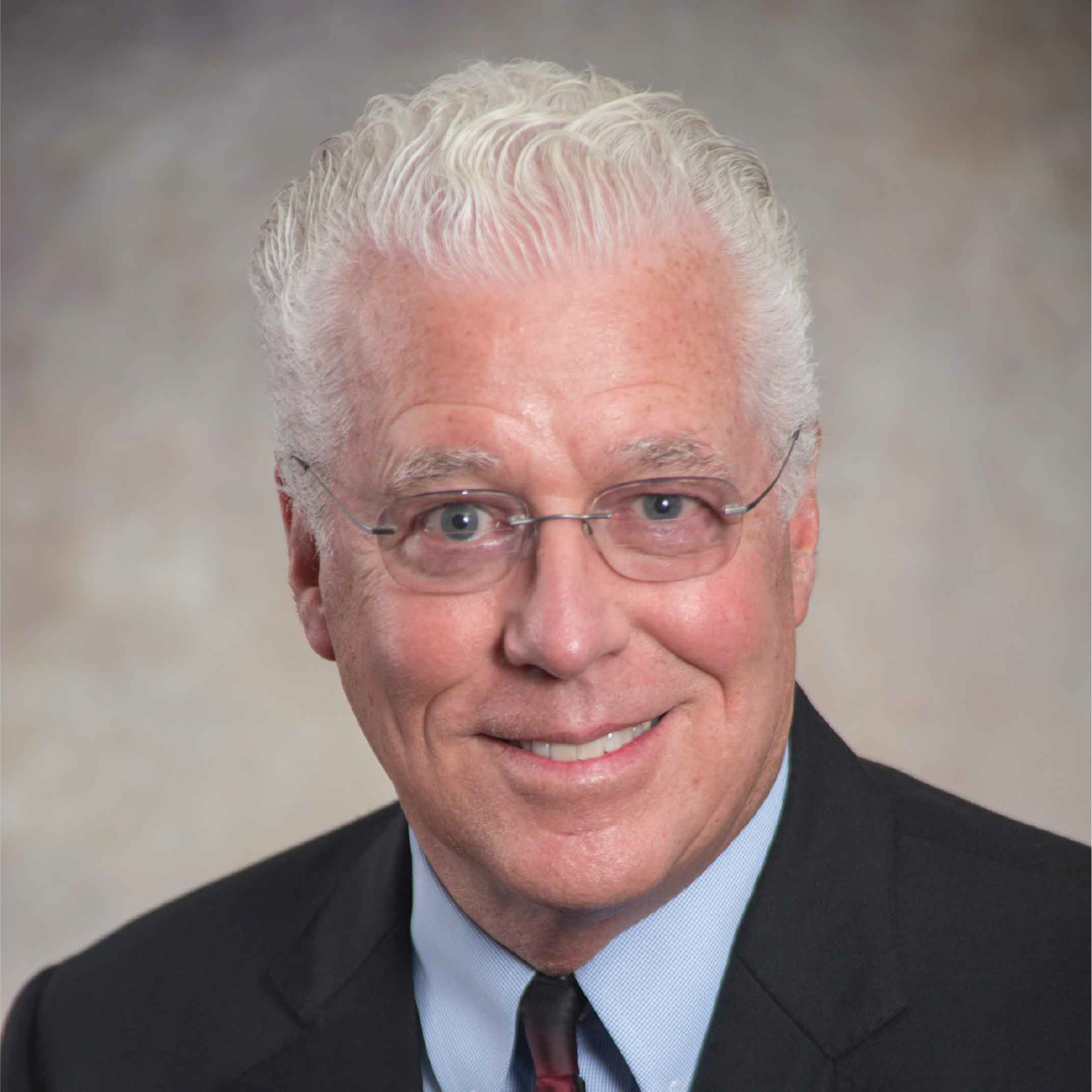
DOCTOR BLADES: A Key Process Variable | FLEXO Magazine | June 2022
Fundamentally, 2022’s challenge for flexographic pressrooms is the same as it’s always been.
That challenge is to generate a bottom line, a net profit or net income at a level needed to sustain the business and meet shareholders’ expectations. As in every business, achieving this goal requires having and implementing an operating system to manage the entire enterprise; defining every step the business must take.
For a pressroom to deliver the required net profit, the print process must be optimized. This means operating a press to achieve a predictable outcome with maximum efficiency. More specifically, every step and every variable in the process must be defined; tolerances must be established, and operating practices must be detailed and implemented. Without this detailing on the front end, the outcome cannot be predictable.
Ink Transfer
While flexography’s indirect ink transfer process, from ink source, to metered anilox surface, to plate, to substrate is fundamentally the same as it was in 1970, the precision in these process steps or variables has changed greatly. Every variable in this process has changed as part of flexography’s evolution to become a cost-effective process able to deliver the highest-quality print.
Until recently, most flexographic technical improvements to ink transfer were focused on ink, anilox, blade holders, plates and substrates; but not so much on the doctor blade materials and dimensions. That doesn’t mean doctor blade technology hasn’t changed; in fact, it has.
Over the past 20 years, blade materials have been developed to address flexography’s evolution.
-
-
Today, pressrooms have more blade material choices available than ever
-
Blades can address specific costly print issues like dot gain, dirty print, spitting, anilox wear and damage; even back-doctoring—a condition when returning ink is prevented from re-entering a chamber and instead cascades into the “drip” pan, often overwhelming it, requiring a major mid-run press stop (see illustrations)
-
Some blades are able to achieve precise defect-free metering at 2,000 fpm for a full 24/7 application. While these blades may not make sense for every pressroom and application; their price premium is easily justified, considering the reduction in waste and press downtime. They are an essential ingredient for expanded gamut (EG) applications
-
“…every step and every variable in the process must be defined; tolerances must be established, and operating practices must be detailed and implemented. Without this detailing on the front end, the outcome cannot be predictable.”
Top Issues?
Given the importance of a doctor blade to the success of the ink transfer process, a case can be made that doctor blades play a critical role in the overall success of the enterprise, which is to make money.
-
-
Print-related waste/on-press challenges: The optimum doctor blade and setup can address:
-
Dot gain—dirty print
-
Back doctoring
-
Starvation/color density concerns
-
End-seal leaking
-
Ink slinging/UV spitting
-
-
Downtime: The optimum doctor blade and setup can address the following:
-
Mid-run press stops to address print-related waste
-
Excessive makeready times often related to doctor blade setup
-
-
Anilox wear and damage
-
Poorly maintained doctor blade holders/chambers severely impact performance
-
Failure to select the optimum meter and containment blade
-
Failure to train operators on doctor blade setup and use
-
That list of waste and downtime factors can be addressed and eliminated when a pressroom:
-
-
Operates within a system that identifies and controls every step in the process needed to achieve the desired outcome, which is a net profit
-
Defines and implements operator-focused standard operating procedures (SOPs) for every process variable, including doctor blades
-

Back doctoring is a condition where returning ink is prevented from re-entering a chamber, because the containment blade is too stiff. As a result, ink falls into the drip pan resulting in thousands of gallons of ink wasted each week. Often, it’s necessary to stop the press mid-run. Changing to a 0.006-in. radius blade and reducing pump pressure completely eliminates back-doctoring.

UV ink spitting is resolved by using a thicker doctor blade.
Reality Check
Every manager at every level understands the importance of managing the print process to achieve the desired profitable outcome. Unfortunately, the vast majority of pressrooms operate without identifying every process element and without establishing and verifying that tolerances are, in fact, met. In essence, by their own admission, a plurality of pressrooms operates without SOPs.
That, by necessity, raises several questions:
-
-
How does one train an employee to do a job without SOPs?
-
How does one provide periodic job performance reviews and added training without SOPs?
-
This reality check is good news for those pressrooms currently operating under control. They can produce quality print on time with less waste and downtime. They can achieve the net profit needed to sustain their business and provide shareholders with an acceptable return. They can also provide their team with job benefits and security; and they can do so at a very competitive price level.
Trusted Partner
Today, a full-service doctor blade provider must be a trusted pressroom partner able to:
-
-
Evaluate and determine your pressroom doctor blade needs based on your current waste, downtime and overall productivity
-
Identify any shortcomings in your pressroom’s operating procedures specifically related to doctor blade performance
-
Review and assist in establishing SOPs impacting blade selection, blade setup and troubleshooting
-
Recommend improvements to achieve optimum performance and profit levels
-
Provide ongoing operator assistance and training to assure SOPs are being met and improvements are sustained
-
It’s not too late. Help to address and eliminate doctor blade-related waste and downtime is available from our qualified team of experts.
Download Full Technical Article

Author
Paul Sharkey is a 46-year veteran in service to the flexographic printing industry. In 1995, he founded FLXON Inc to be the exclusive North American distributor for SWEDCUT doctor blades, which are developed and manufactured by Swedish development company Swedev AB in Munkfors, Sweden.
FLXON works with pressrooms who know they want to address issues and together with them develops a detailed plan and supports its execution. FLXON measures success by its customers’ success!
Today, Paul is CEO at FLXON, while his son, Ryan, serves as president and manages the day-to-day operations of the business as well as FLXON’s market engagement. Paul can be contacted at psharkey@flxon.com and Ryan can be contacted at rsharkey@flxon.com.
